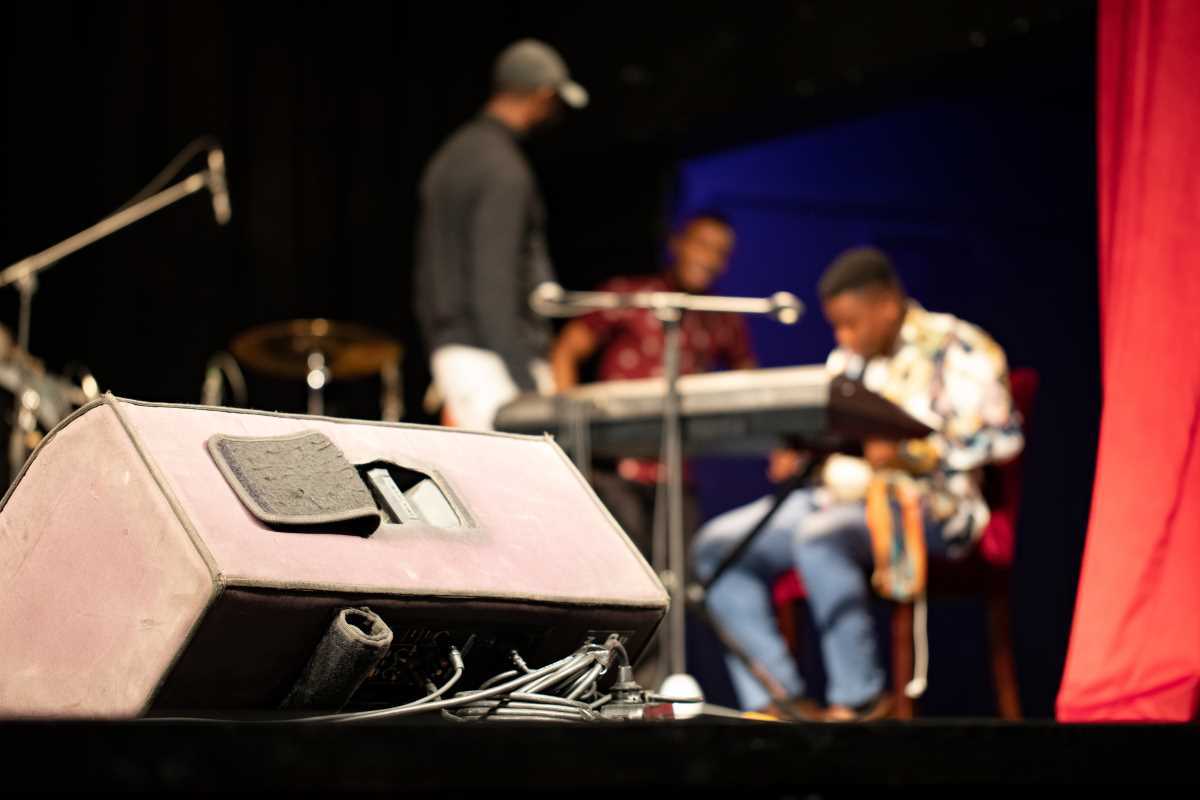Imagine attending a concert from the comfort of your living room. No hours spent in traffic, no overpriced tickets, and definitely no worrying about whether you’ll be tall enough actually to see the stage. Sounds futuristic, right? Well, that "future" might already be here, thanks to the rise of metaverse concerts.
But does that mean traditional concerts with screaming crowds and booming speakers are on their way out? Not so fast. Let's break it down.
The Rise of Metaverse Concerts
First of all, what even is a metaverse concert? Picture this: instead of going to a physical venue, you throw on a virtual reality (VR) headset (or just use your computer or phone) and find yourself in a virtual world. This world could look like anything—from a glowing cyber stage to a magical forest. The band or artist appears as a digital avatar, performing live or pre-recorded tracks, and you’re surrounded by other avatars representing concertgoers just like you.
This concept isn’t just an idea anymore. Massive artists like Travis Scott and Ariana Grande have already performed inside platforms like Fortnite, attracting millions of viewers. Yes, millions. These viral events were filled with surreal visuals, like giant holograms of the artists stomping around, and gravity-defying stages. It’s clear that metaverse concerts are making a big splash. But what’s making them so appealing?
The Advantages of Virtual Concerts
One word: accessibility. Think about all the reasons people might skip a traditional concert. Maybe tickets are too expensive, or the venue is hours away. Maybe the person uses a wheelchair but the space isn’t designed for accessibility. Or, sometimes, people are just nervous about big crowds. Metaverse concerts throw all those worries out the window. Anyone with an internet connection can attend a virtual show, no matter where they are in the world.
Another bonus? The creativity factor. Metaverse concerts can go far beyond what’s possible on a physical stage. You could watch your favorite artist perform floating in outer space or surrounded by glowing unicorns. Even top-tier stadium laser shows pale in comparison to what digital technology can create. It’s like being in a music video, but live.
And here's another perk for introverts out there (no judgment): it’s a social experience without the awkwardness. You can chat with people from all over the world without needing to shout over the music or worry about spilling your soda on someone. For some, that’s a huge win.
The Limitations of the Metaverse
Before you cancel your next trip to an arena show, though, it’s worth acknowledging that virtual concerts aren’t perfect. Sure, they’re cool, but something important might be missing.
Ever felt that rush when your favorite artist plays the opening chords to a song you love, and thousands of people scream with the same energy as you? Or when the bass is loud enough to make your ribcage vibrate? That physical, emotional connection is hard to recreate in the metaverse.
Another drawback is technology. Not everyone owns a VR headset or has access to devices that can handle virtual concerts smoothly. And even for those who do, the tech isn’t flawless. You could get kicked out of the experience if your Wi-Fi lags, or your avatar might glitch awkwardly in the middle of a dance move. These small frustrations can break the illusion, reminding you that it’s not quite the same as being there in person.
Finally, traditional concerts often include extras, like meeting up with friends, buying merch, or getting that iconic blurry photo near the stage. These little moments and memories add to the experience in ways the virtual world can’t yet replicate.
The Magic of Traditional Concerts
For many people, live concerts are more than just music. They’re a shared experience, full of energy and atmosphere. Think about the feeling of waiting for the band to take the stage. The low hum of chatter, the dimming of lights, the smell of hot dogs and spilled beer. Then the first chord hits, and the crowd erupts like a tidal wave. It’s electrifying.
While the metaverse can create cool visuals, there’s something irreplaceable about the real-life messiness of human connection. Being shoulder-to-shoulder with strangers, dancing madly in a pit, or singing every word together at the top of your lungs creates memories tied to real emotions. Sure, it’s sometimes exhausting (skip one day at a festival and you’re a zombie), but it’s worth it.
Musicians also feed off this energy. There’s a rawness to live performances that’s hard to replicate digitally. Mistakes, improvisation, tears during an emotional song—it’s all part of what makes traditional concerts so special.
Can the Two Coexist?
This brings us back to the big question. Will metaverse concerts replace traditional ones? Probably not. The two experiences are just too different. One is about immersion, creative visuals, and convenience; the other is about physical presence, atmosphere, and shared moments. That being said, metaverse concerts aren’t going anywhere. If anything, they’re becoming a unique addition to live music, rather than a replacement.
Ultimately, it’s not about “this or that”—it’s about options. The world of music is evolving, and that’s a great thing for fans.
.jpg) (Image via
(Image via





